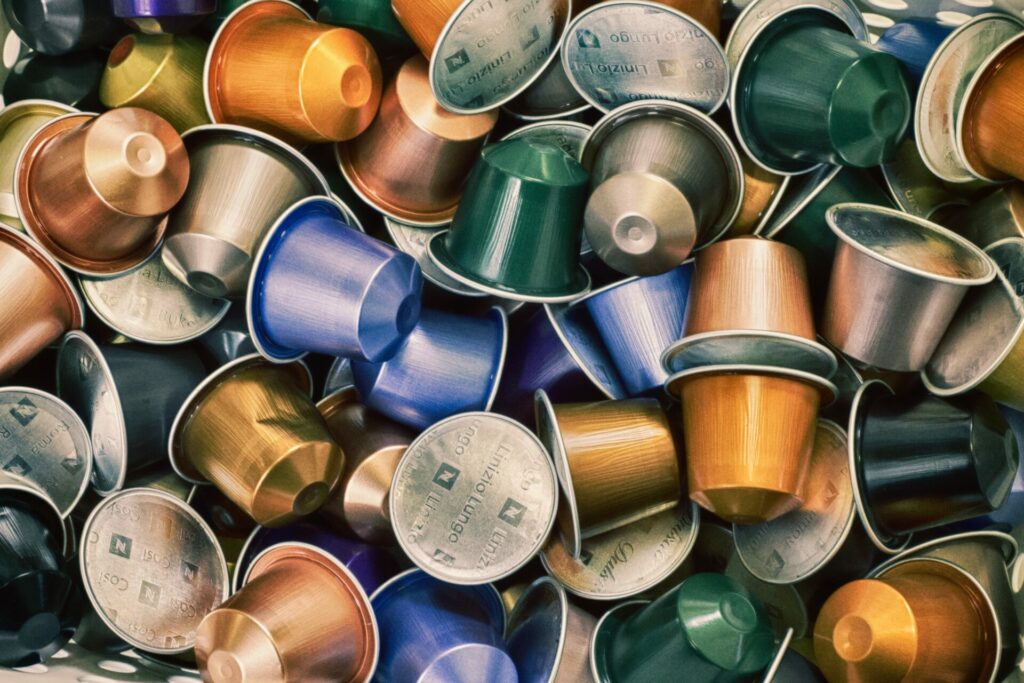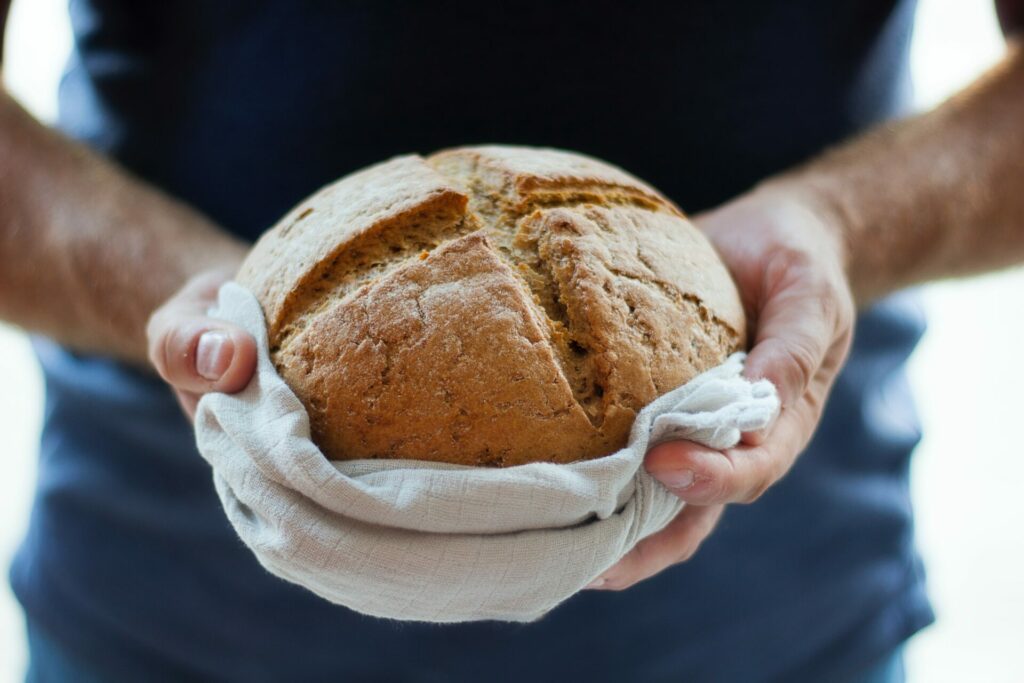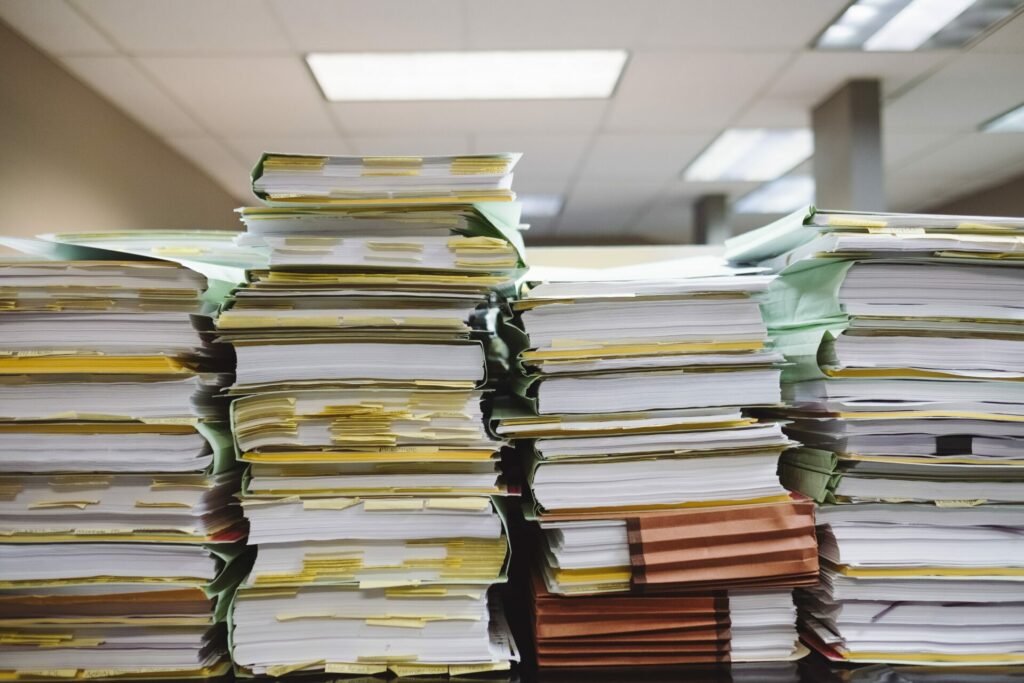We all create waste. It’s a habit. Every day we throw stuff away without a second thought. From used teabags and cereal leftovers in the morning to opening a new packet of toothpaste at bedtime, we are forever creating garbage. Sadly, Throwaway Culture – the practice of throwing something out after one use – is a widespread practice in a society heavily influenced by consumerism.
Like many of us, you may have adjusted to paper straws and remember to keep a few reusable bags rolled up inside your handbag, recycle on a regular basis and try to reduce your food waste but nonetheless so much of what we buy still ends up in landfill just days after use.
Once upon a time, clothes and items were created to last for many years. It was not uncommon to mend and reuse things to get maximum benefits out of a single purchase. But modern living has accelerated a hectic fast-paced society in which people have become addicted to buying new things and throwing ‘old’ things out.
Whatever you want can be delivered to your doorstep with a single tap on your phone. Ultimate convenience has become your best friend…and the planet’s worst enemy.
Much of today’s throwaway culture is based around convenience. Instant orders, overnight shipping and mass production are all go-go-go to make your life easier. Whatever you want can be delivered to your doorstep with a single tap on your phone. Ultimate convenience has become your best friend…and the planet’s worst enemy.
The truth is plastic makes up about 20 per cent of all waste globally with an estimated 12 billion tons of the stuff predicted to reach the landfills by 2050 an alarming statistic given it takes approximately 450 years for a single water bottle to degrade. In addition to land waste, at least 14 million tons of plastic end up in the ocean every year with plastic traces found in all sea turtles and 44 per cent of sea birds. Much of this plastic and other waste is packaging and single-use items including straws, take-away cups and bottles.
How to Tackle Throwaway Culture
The impact of our excessive consumption on both the climate emergency and biodiversity loss is now widely recognised. As a society, we should be moving away from throwaway culture and aiming to develop a circular economy – which involves people sharing, leasing, reusing, repairing, refurbishing and recycling existing materials and products for as long as possible. Resources need to used and reused.
The best place to start is to avoid purchasing single-use water bottles, plastic bags, grocery items with excessive packaging, and other plastic products that will not get plenty of use. Buy products that will last. But it’s not just the obvious culprits, here are some of the less obvious disposable items you might still be using that contribute to today’s throwaway culture…
Fast Fashion

While you wouldn’t think of clothes as single-use or disposable, on average an item of clothing is only worn seven times before being discarded. Consumer fashion companies rapidly turnover clothing to reach this demand using unsustainable practices including the use of harmful chemicals, as well as inhumane working conditions. The industry is the second most polluting globally and produces 92 million tons of waste annually. Yet, social media and fashion influencers continue to bombard us with new micro-trends and must-have clothes weekly.
Conscious fashion is an alternative trend that prioritise sustainability of people and planet, as much as their bottom line. So the next time you’re attempted to click, look at the company’s core values before you buy. There has been a welcome shift towards the pre-loved world of fashion, too, although it’s still far behind in terms of the mainstream “success” of fast fashion.
Paper Towels and Tissues
It’s so easy to clean every day spills around your home or dry your hands with a paper towel. But in order to make this single-use waste product, 17 trees and more than 20,000 gallons of water are required. Most paper towels and facial tissues are made from virgin paper which means no recycled content is used to make the product that is thrown away after just one use. Opting for cotton tea towels or washcloths instead is a simple way to minimise waste.
As for tissues, manufacturers have done a good job of making you feel this is the most hygienic way to blow your nose. Wrong! Using a cotton handkerchief for sneezes is just as sanitary if stored away immediately after use (e.g. in a pocket or purse), followed by washing your hands and popping it in the wash at the end of the day. Bamboo is a great sustainable alternative too; strong, soft and naturally antibacterial.
Coffee Pods

Machines that make coffee with single-use pods revolutionised the market. But while it avoids wasting ground beans, it has also led to plastic waste that pollutes landfill sites, rivers and kills wildlife. The global footprint of annual coffee capsule waste is about 576,000 metric tons – the weight of 4,400 school buses. Some companies are working to reduce this and last year, B Lab Global – a not-for-profit that measures a company’s entire social and environmental impact – certified coffee company Nespresso B Corp for using 100 per cent recyclable aluminium pods.
If you’re an avid coffee drinker, remember to always recycle your pods with the provided service and use a reusable thermos when out and about. 25 billion single-use coffee cups are wasted in the US alone every year, a death sentence to our planet.
Bread

You might be surprised but also guilty of contributing to the global waste problem with your weekly loaves of bread. Over 240 million slices of bread are chucked away every year in the UK alone. That’s a lot of waste when you consider that in its life cycle a single loaf of bread emits about half-kilo of carbon dioxide, mostly attributed to the fertilisers used to grow the wheat. Sourdough bread made with local, organic flour is perhaps the most sustainable bread of all but if that’s not up your street, remember to freeze any bread you won’t use or makes croutons, breadcrumbs or even bread & butter pudding with stale loaf leftovers.
Tampons and Throwaway Pads
While in a landfill, disposable pads are estimated to take 500-800 years to break down, and the plastic they contain will never truly biodegrade. Seeing as the average person menstruating will use and dispose of between 5000-15,000 pads and tampons in their lifetime, this is a serious cause for concern.
Luckily, natural and eco-friendly alternatives are available with extremely successful results. The menstrual cup is usually made of silicone and can last up to 12 years. Reusable cloth pads, period underwear, and even menstruation sea sponges are providing those on their period with absolute care, comfort and of course, peace of mind. So make the conscious switch during your time of the month.
Paper

Approximately 1 billion trees worth of paper are thrown away every year in the U.S. that’s enough to enough to heat 50,000 homes for 20 years.According to The World Counts – an environmental awareness organisation providing facts on the current state of the world and how it is affected by our choice of products – paper accounts for around 26 per cent of total waste at landfills in the US no surprise given U.S offices alone use 12.1 trillion sheets of paper a year.
While paper is recyclable and biodegradable, when it heads to landfill instead of being repurposed or disposed of properly, it creates methane which is 23 times more harmful to the environment than carbon dioxide. Sign up to a free local recycling provider in your home and office to make sure your used paper is given a second life instead.













